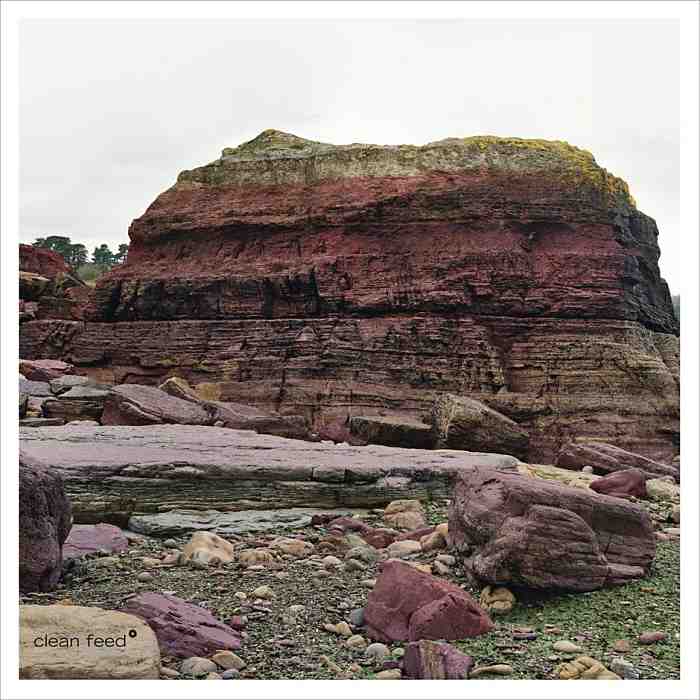Led by the French pianist Eve Risser, the Red Desert Orchestra is a hybrid formation in which musicians from Europe and Africa rub shoulders in the service of music resolutely haunting, magnifying the polyrhythmic intertwining to the point of vertigo through a writing as demanding in its form as resolute in its ambitions. Stakeholder of ten different configurations, from solo to large ensemble, Eve Risser develops in this context her talents as a composer by adding the sounds of balafons to her orchestra, djembes and bara, from West Africa. Lines and sounds weave in tireless hypnotic loops that lead the listener to a spiritual and nomadic experience, from which brilliant soloists emerge.
In Eve’s own words: “this Orchestra took over from the White Desert Orchestra. My current influences were Mali, my work with the Kaladjula Band and Nainy Diabaté.
It is a work with people and with the body: the search for soft trance for Eurythmia and dance for Kogoba Basigui, the two programs that we carry with this orchestra. SOYYAYA is an arrangement of the piece “Après Un Rêve” (Clean Feed, 2019) out of a prepared romantic-mechanical solo piano original piece. This is kind of where I’ve been for a while. Between dance, trance, techno, West African music (and so many others!) and romanticism, expressionism. For the other songs I came with ideas orally and we have them all arranged together. GÄMSE is a piece completely written by me as well. We play it in the other Kogoba program as well.
We work orally because not everyone reads music and especially wanting to avoid “efficiency” of writing and getting into a slow process. Treat yourself to the luxury of the “long term”. See how the music can anchor itself in us and dress the group to the skin and with the time that pass. Slow process = rare these days I find, but humanly very very strong! It’s really worth it!
In relation to the work that we carried out to create this orchestra and this repertoire, I evoke willingly the image of weaving: at the beginning the weaving was thicker, as if we had had big needles and big yarns and little by little, it became fine lace, with wide variety of colors. When we work orally, we start with large blocks, to remember music easily, before refining with smaller needles and thread. If we do not see for a long time, the colors may be more intense (because everyone will be going back to his or her home and will have nurtured his musical individualy) but the needles and wool will be larger again.


